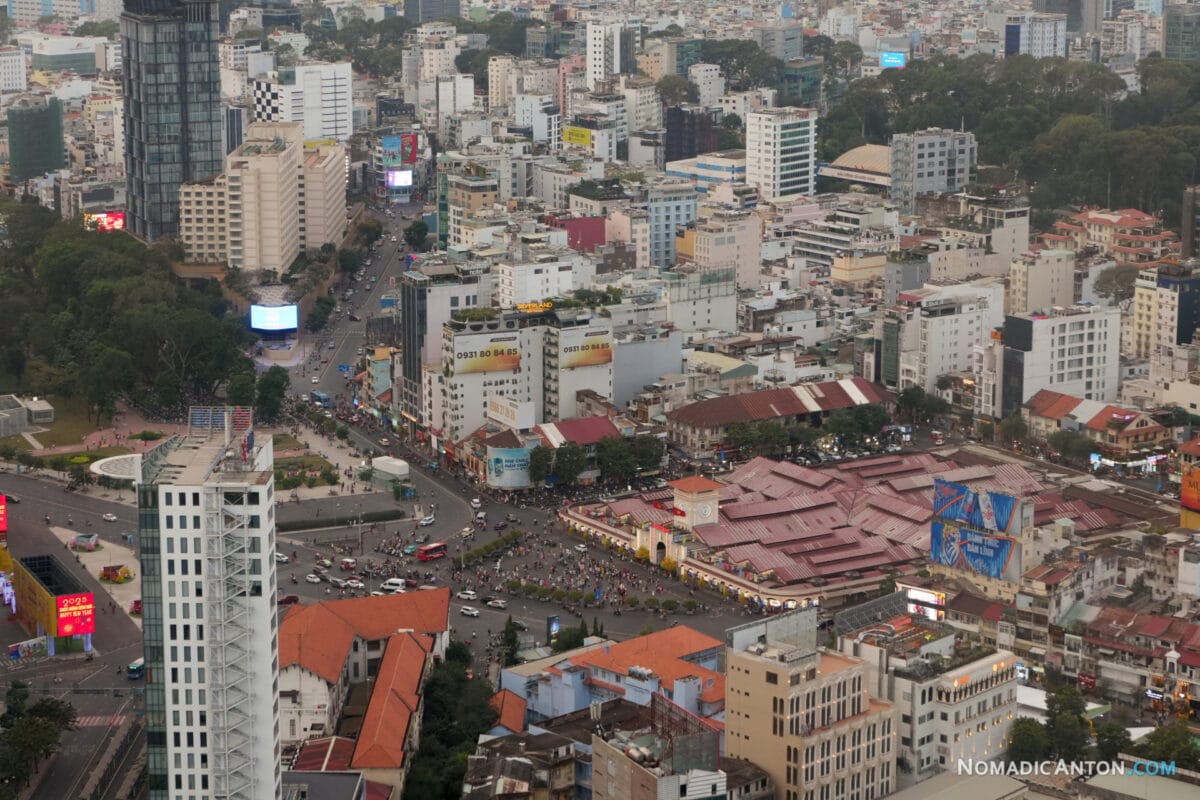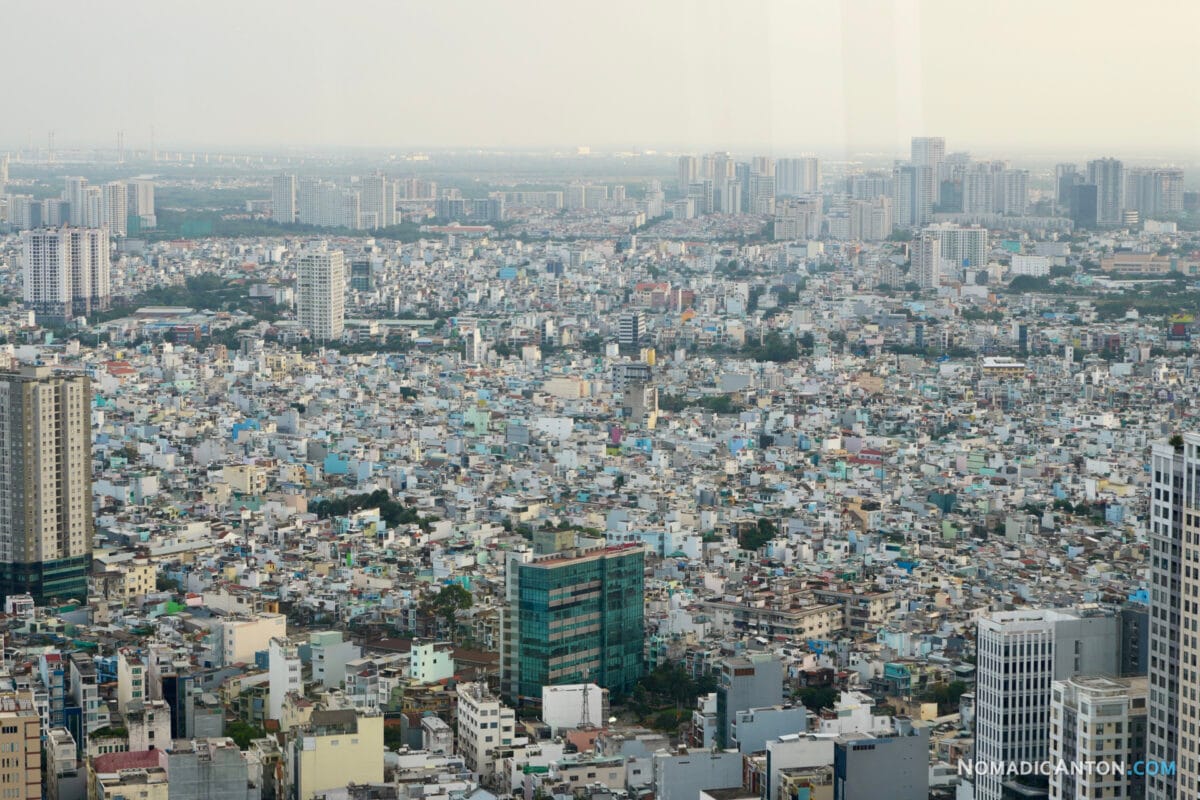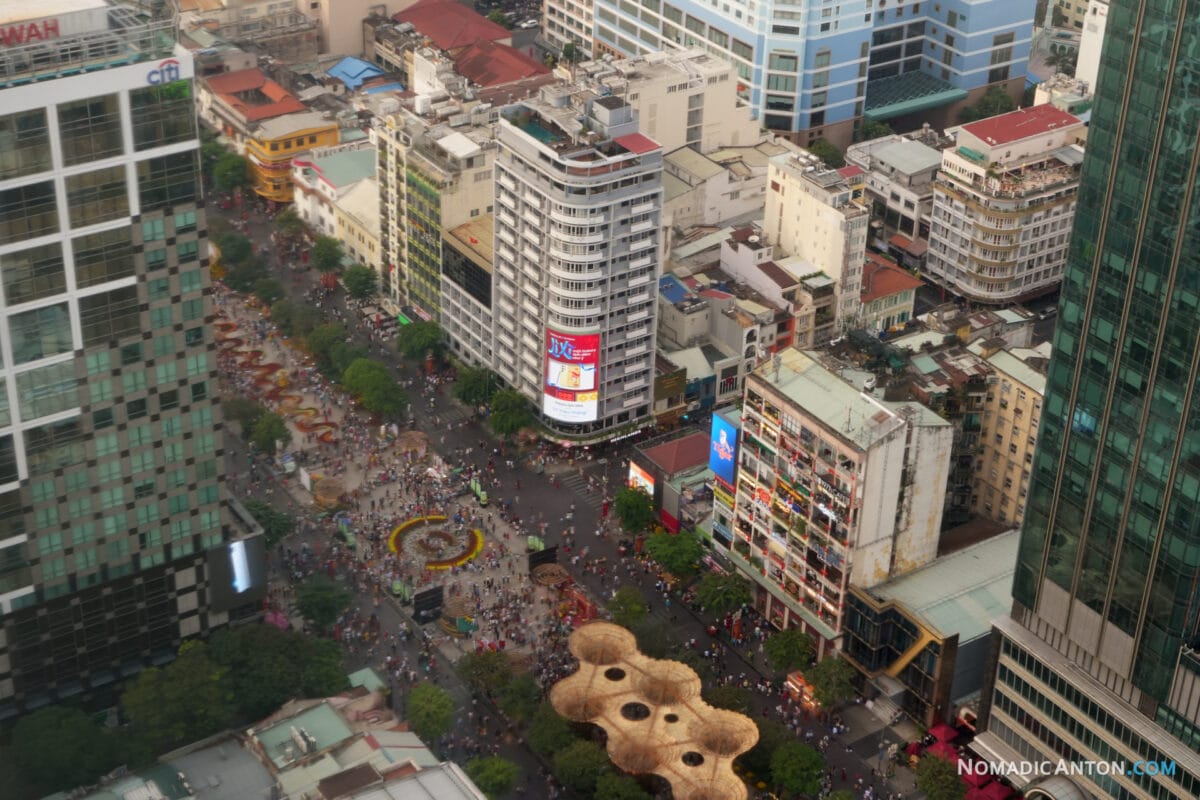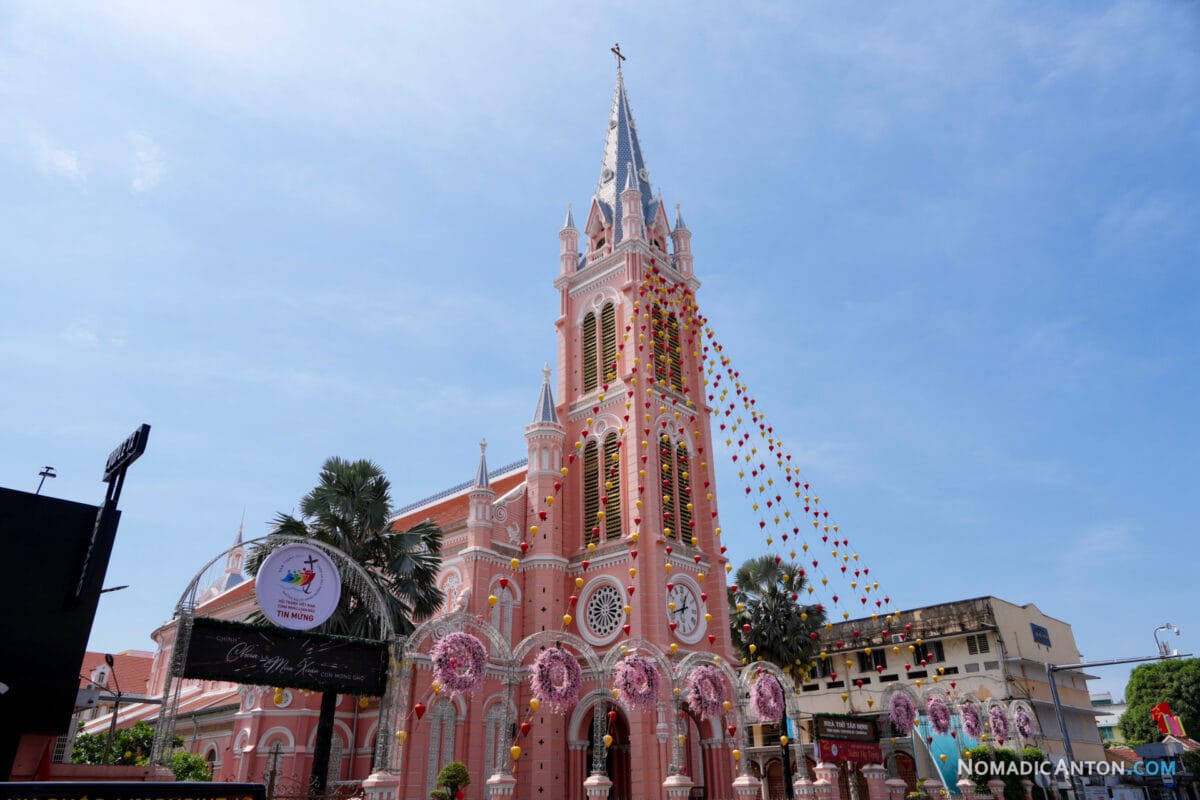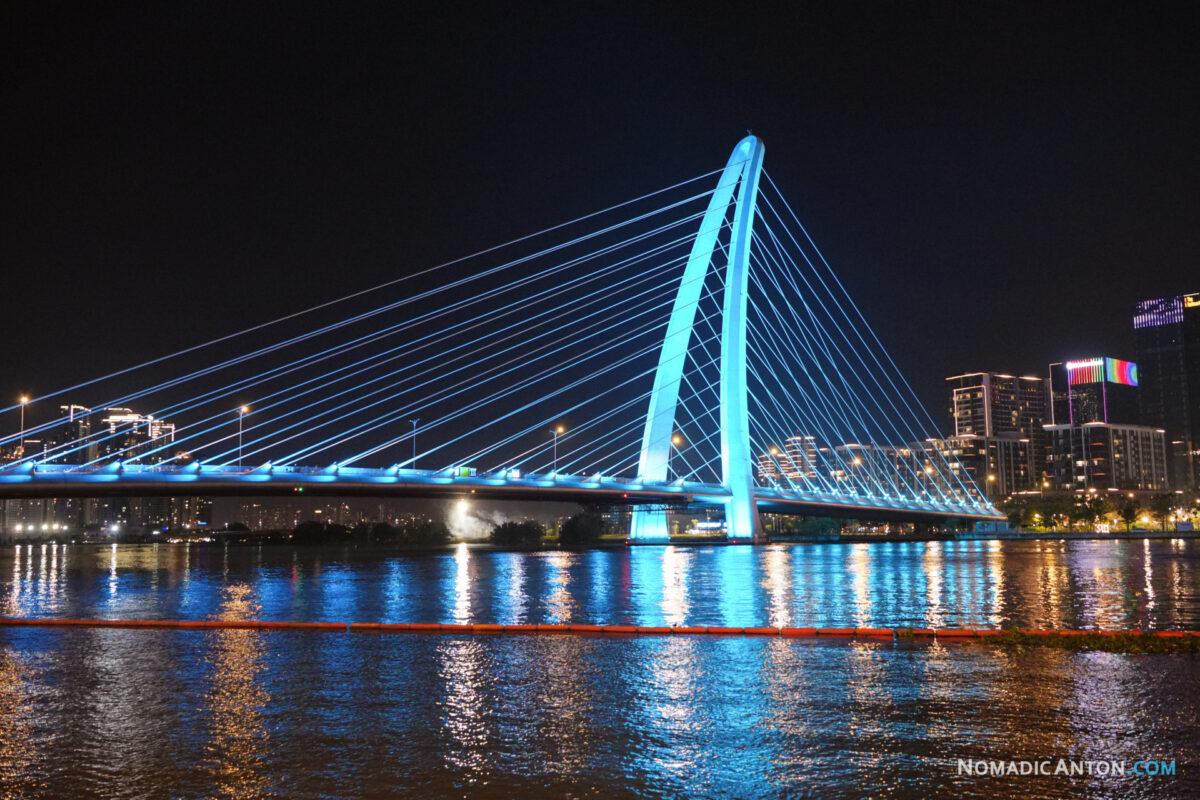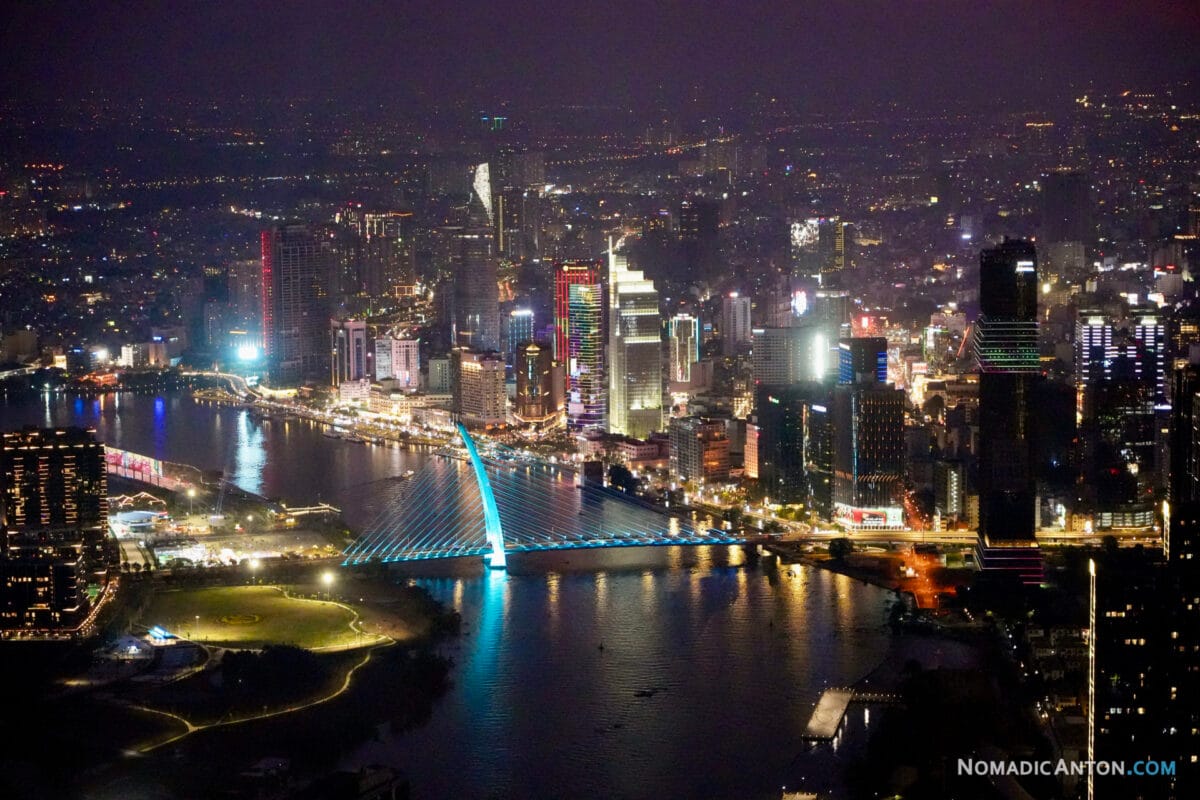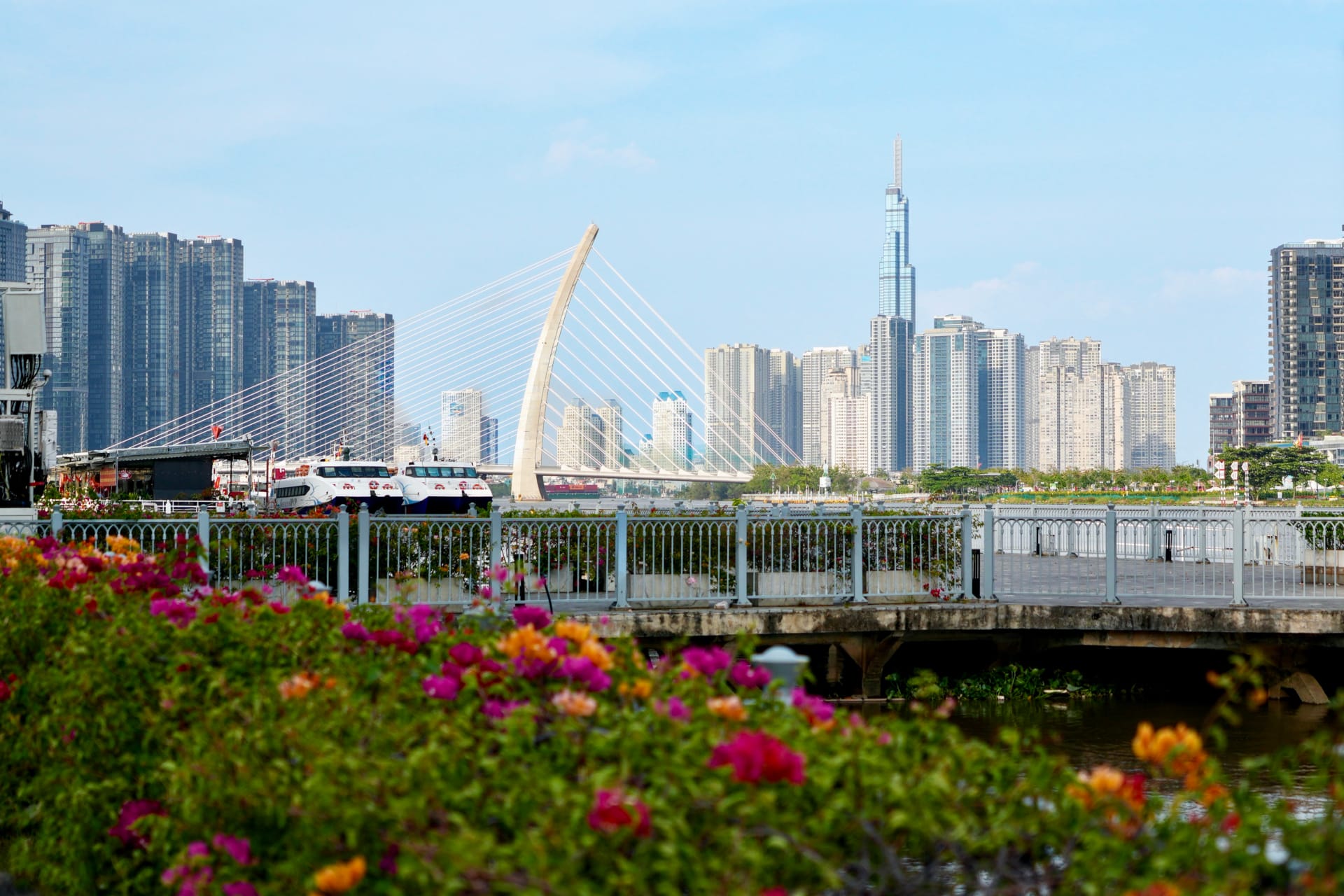
A month before this trip, I searched on Google Flights for the cheapest round-trip fare for a Lunar New Year getaway from my base in Guangzhou, China. Ho Chi Minh City was the most budget-friendly option, so I decided to make the most of the four days I had.
This was my second time in Vietnam. My first visit a few years ago took me to the northern regions, where I explored Hanoi, cruised through the limestone karsts of Ha Long Bay, and trekked the terraced rice fields of Sapa. This time, I was excited to return and experience the vibrant energy of the south in a city still often referred to as Saigon.
Ho Chi Minh City, formerly known as Saigon, is Vietnam’s largest city and economic powerhouse. With a population of over nine million, it is a fast-paced metropolis where modern skyscrapers stand alongside historic French colonial buildings. The city played a key role in the Vietnam War and was officially renamed in 1976 after revolutionary leader Ho Chi Minh, though many locals still prefer to call it Saigon.
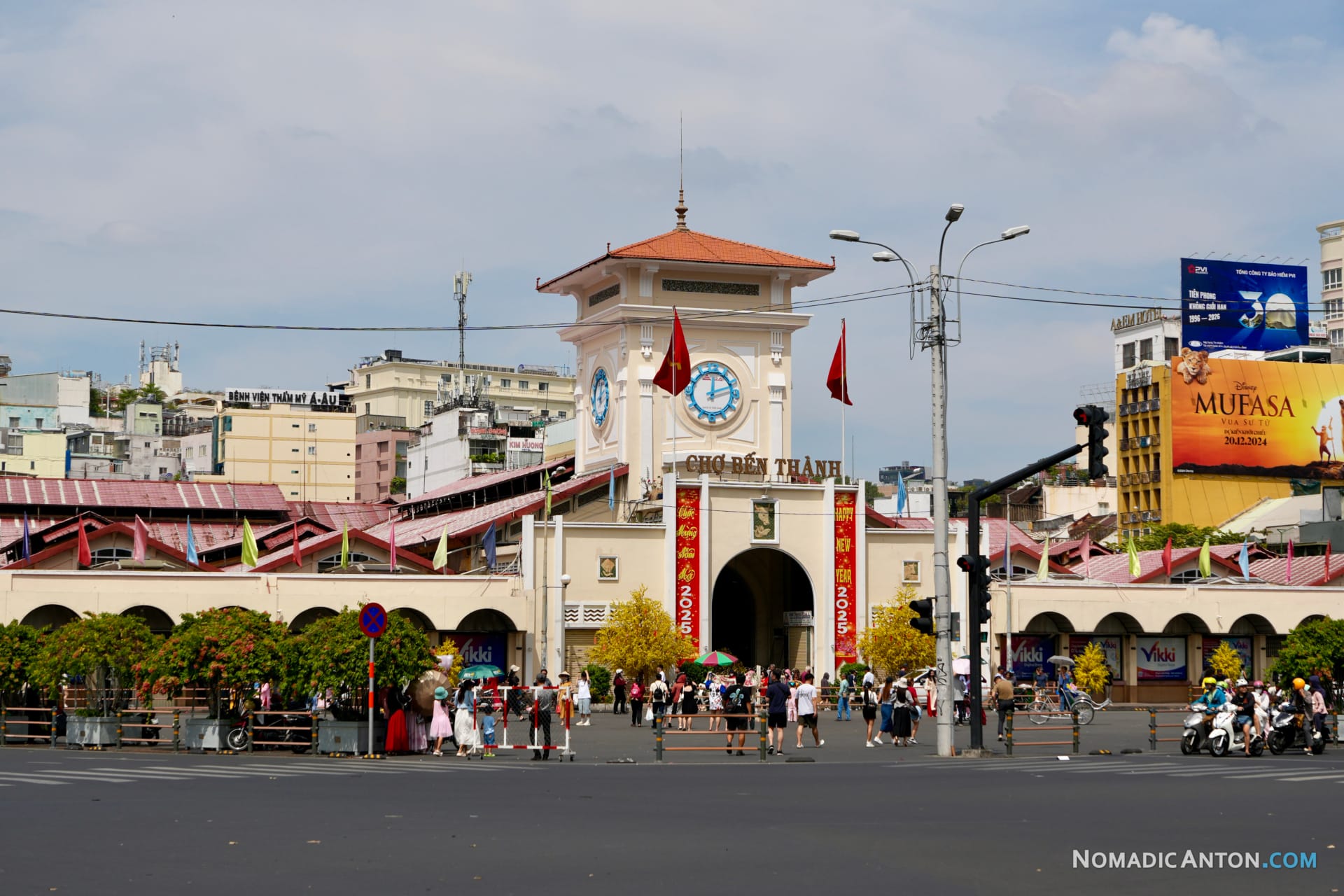
French influence remains visible in its architecture, with landmarks like the Notre Dame Cathedral of Saigon and the Central Post Office showcasing European design. The city’s food scene is another highlight, offering everything from street-side bánh mì and phở to upscale restaurants. It is also a paradise for coffee lovers. Vietnam is the world’s second-largest coffee producer, with an annual output of 1.7 million tons, much of which is consumed domestically in the city’s countless cafés.
My first day in Ho Chi Minh City coincided with Tết, the Vietnamese Lunar New Year, the most significant celebration in the country. The city center was buzzing with festive energy as families gathered in their finest áo dài, traditional Vietnamese garments featuring vibrant silk tunics over flowing pants. Streets were covered in yellow and red decorations, symbols of prosperity and good fortune. Markets and homes overflowed with ochna flowers, known as mai, and peach blossoms, their golden and pink hues representing wealth and happiness for the coming year.
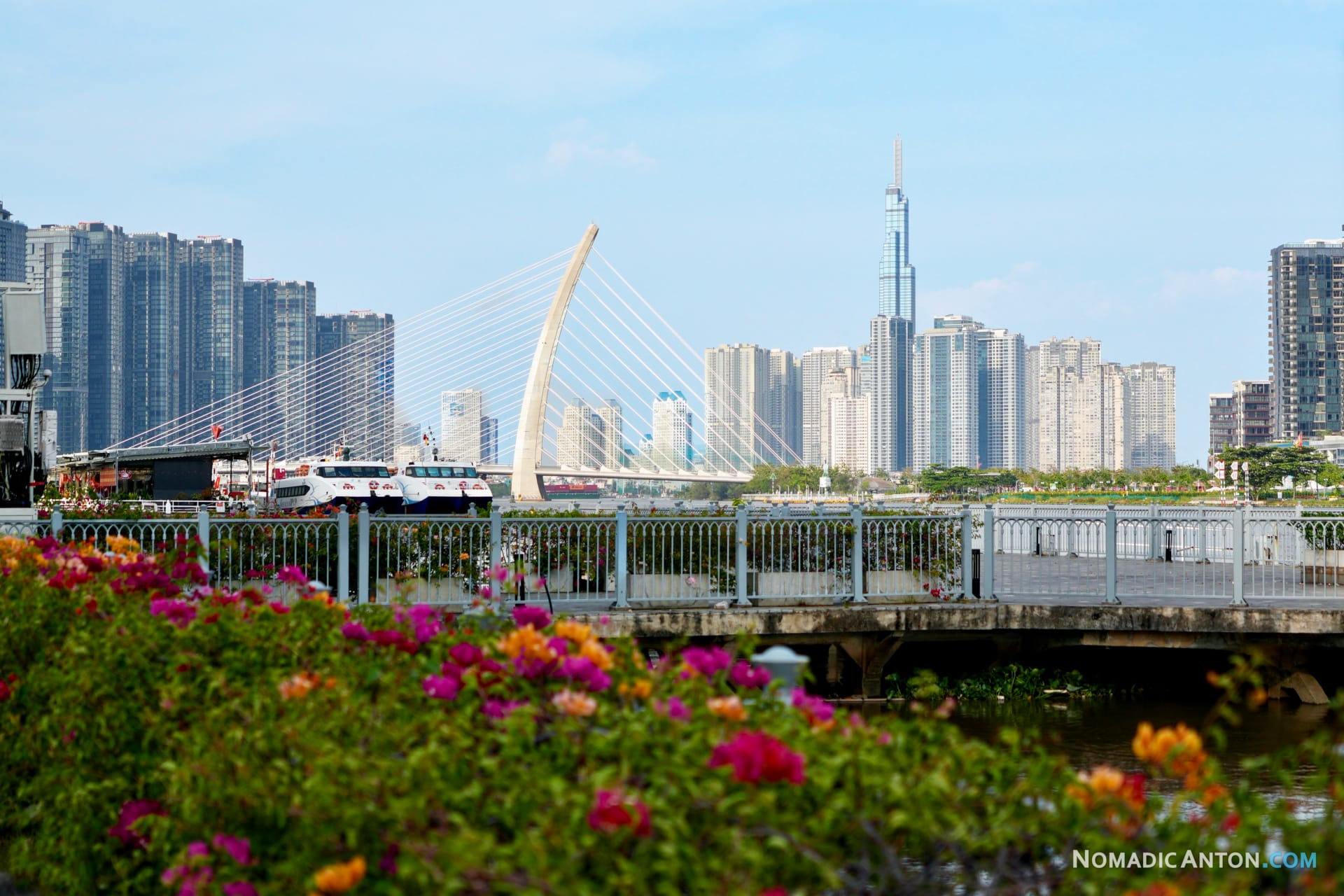
Unlike the cooler northern regions I had visited before, Ho Chi Minh City welcomed me with tropical heat and humidity, even in January. Temperatures hovered around 32°C or 90°F, but the celebratory atmosphere made it bearable. Street vendors sold special Tết treats like bánh tét, cylindrical sticky rice cakes, and mứt, an assortment of candied fruits. Lion dance performances erupted in front of businesses to bring good luck, and despite many shops being closed for the holiday, the festive mood and warm hospitality of the locals made for an immersive experience.
Day two was powered by Vietnam’s liquid gold: coffee. Vietnam is the world’s second-largest coffee producer after Brazil, so it was only fitting to start the morning with a cup of cà phê sữa đá, a strong iced coffee sweetened with condensed milk. Later, I tried my first egg coffee, a local specialty made by whipping egg yolk with sugar and placing it over a shot of espresso. It was smooth and creamy, though I still prefer arabica over robusta beans.
Fueled by caffeine, I explored the city on foot. I wandered through street markets, strolled along the Saigon River, and got lost in narrow alleys where vendors sold fresh bánh mì and bowls of steaming phở. The contrast between French colonial buildings, modern high-rises, and the constant hum of motorbikes made the city feel alive.
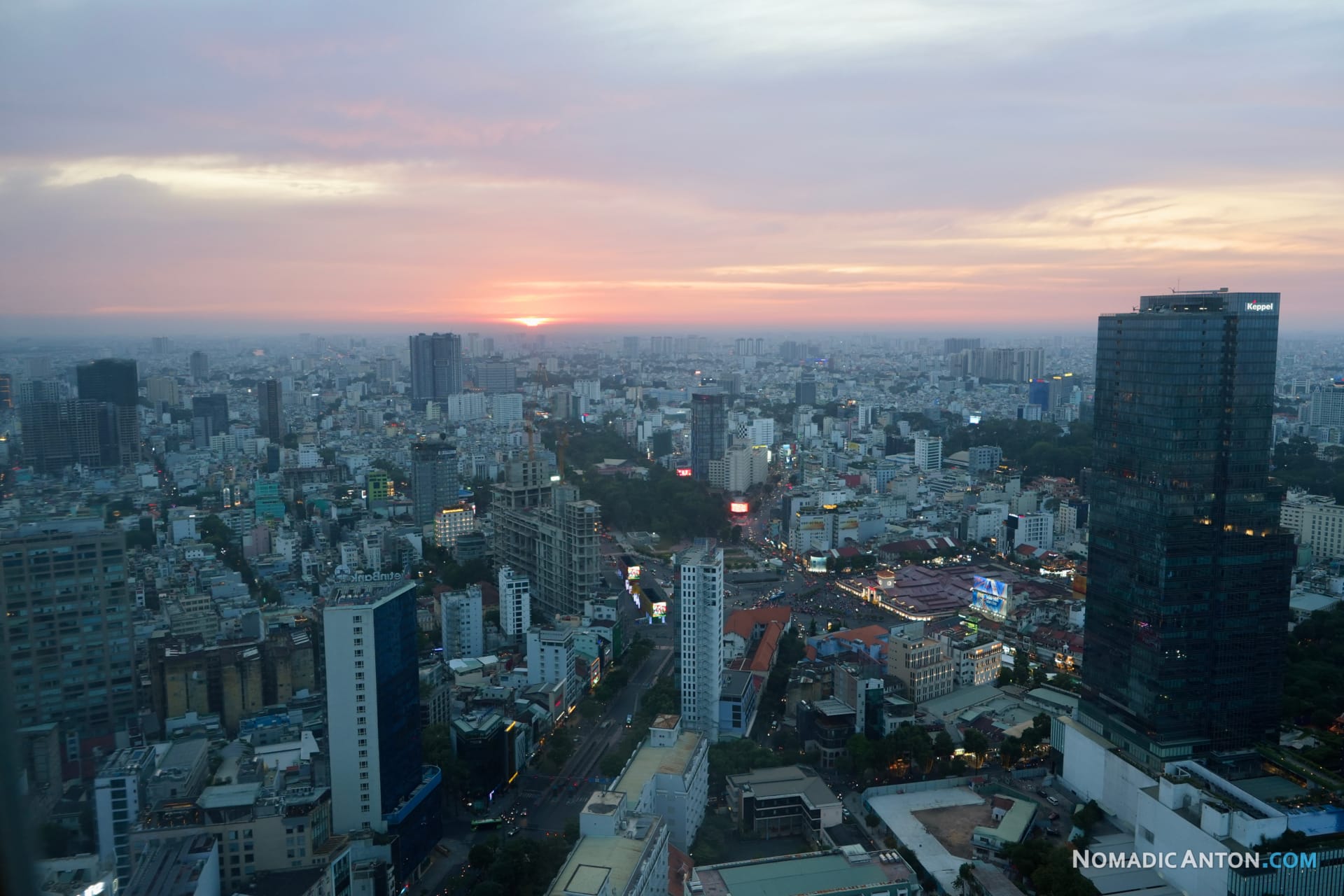
As the sun set, I headed to Saigon Skydeck in the Bitexco Financial Tower. From the 49th floor, I had an incredible panoramic view of the city, with the river winding through the skyline and the streets glowing as night fell. By the time I returned to my hotel, I had unknowingly walked more than ten kilometers.
My third day began with a visit to Tân Định Church, a striking pink Catholic church that looks like something out of a fairytale. Built in the 1870s, it is one of the city’s most unique architectural landmarks. Its bright color and intricate Gothic-Romanesque design make it a favorite photo spot for both locals and tourists.
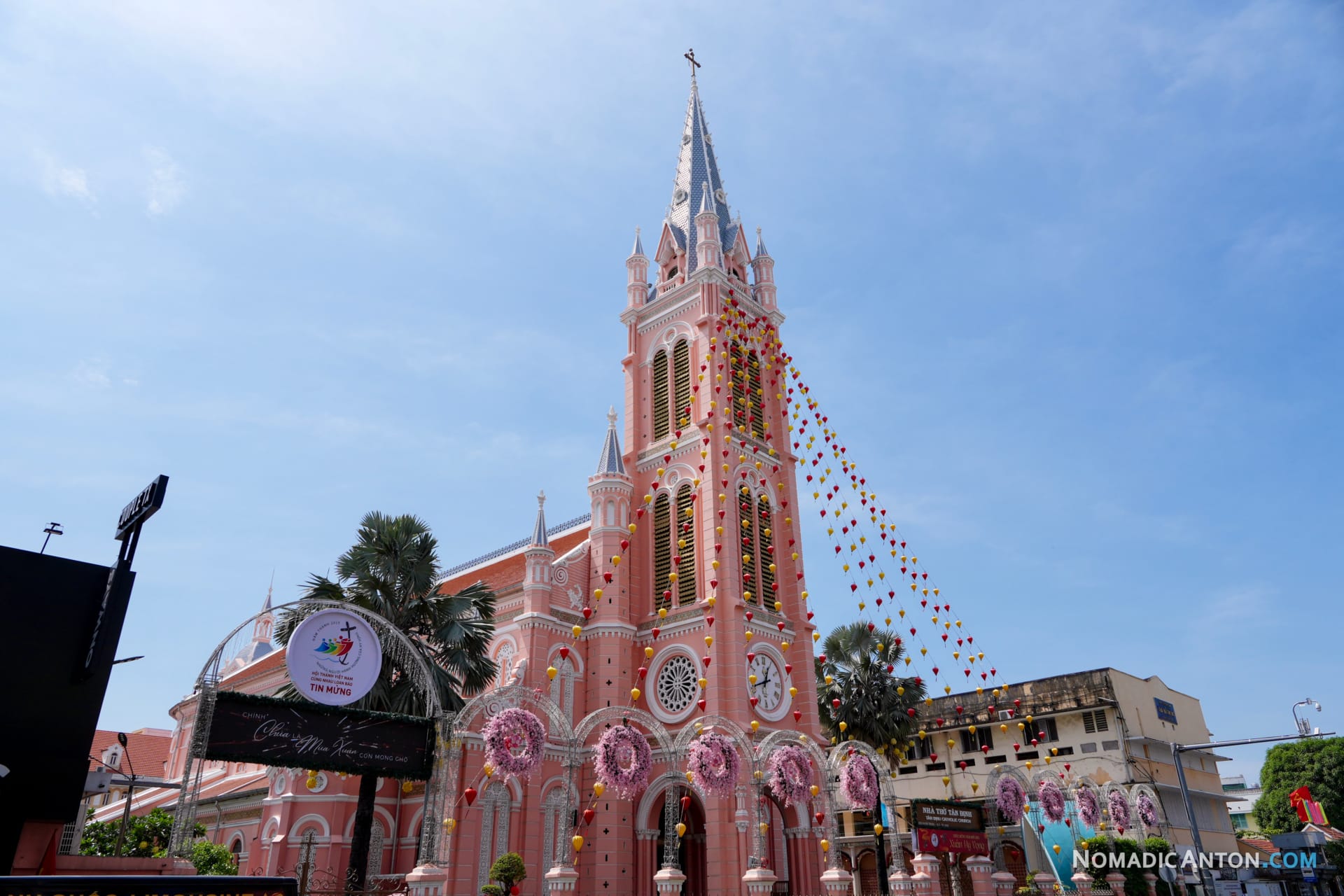
After exploring the church, I walked through Tao Đàn Park, a peaceful green space in the middle of the city. To my surprise, I saw many squirrels darting between the trees, something I had not expected to see in Vietnam. The park was a refreshing escape from the city’s busy streets, and I enjoyed watching locals practice tai chi and morning exercises.
For lunch, I switched things up and tried a Laotian restaurant. The bold, aromatic flavors of larb, a minced meat salad, and khao soi, a coconut curry noodle soup, made for an excellent meal.
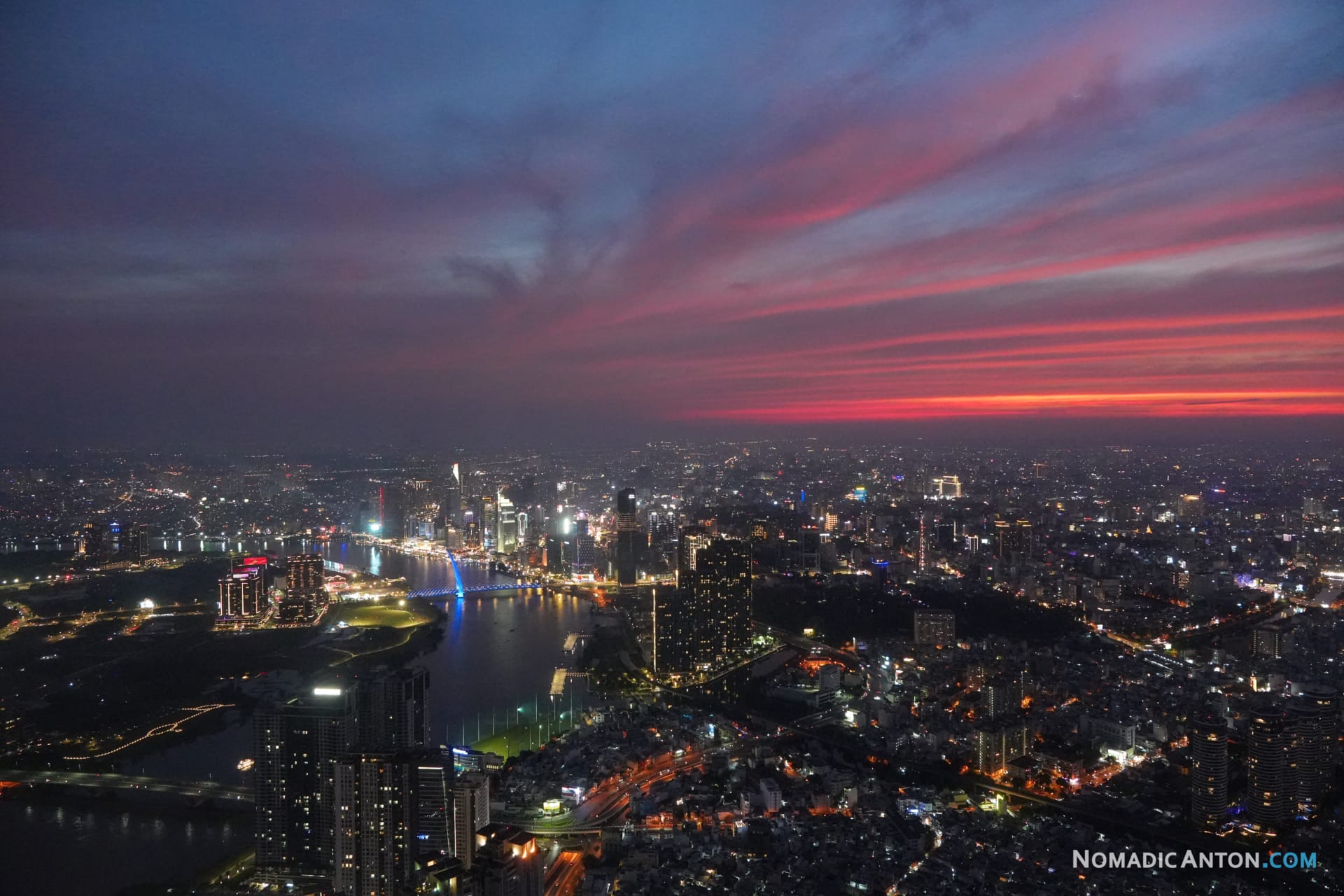
Later in the day, I visited Landmark 81, the tallest building in Vietnam. The Sky View observation deck offered another breathtaking perspective of the city, this time from 461 meters above the ground. Watching the sunset from such a high vantage point was a definite highlight.
Throughout the day, I could not resist stopping at various street vendors for bánh mì. This perfect fusion of French and Vietnamese cuisine, with crispy baguettes filled with grilled meats, pâté, fresh herbs, pickled vegetables, and chili, quickly became my favorite grab-and-go meal. Each vendor had their own twist, making every bite an adventure.
On my last day, I took things slow. I woke up late, so my breakfast turned into lunch. My first stop was Independence Palace, a historic site where the Vietnam War officially ended in 1975. Preserved as a museum, it offers a glimpse into the country’s past with its vintage furnishings, war rooms, and underground bunkers.
Next, I walked to Notre Dame Cathedral of Saigon, which was partially under renovation. Unlike its famous counterpart in Paris, this cathedral was built entirely with materials imported from France. Across the street, Book Street was a peaceful pedestrian area lined with bookstores and coffee shops, making it a great place to relax and soak in the atmosphere.
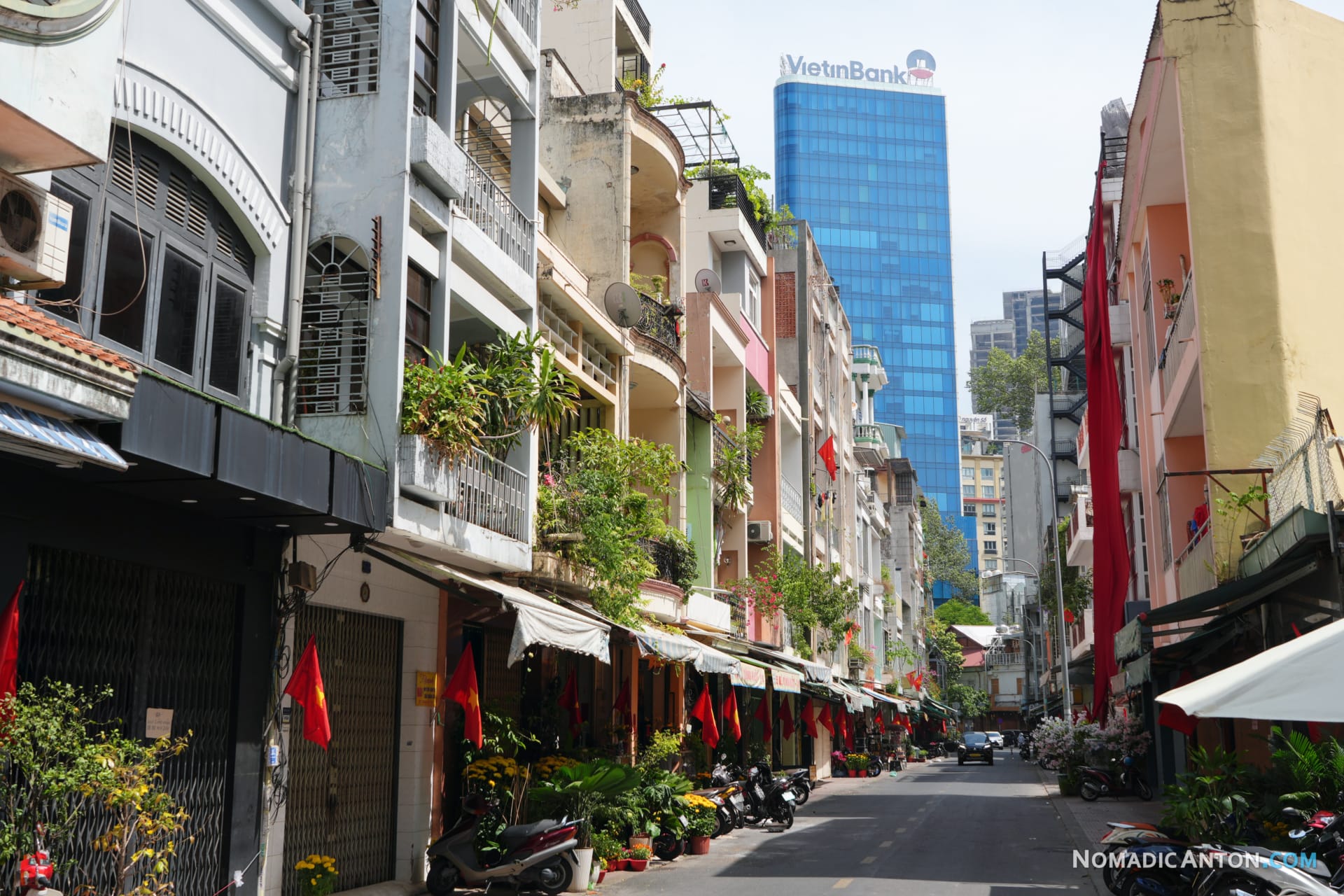
Before my evening flight, I treated myself to a traditional Vietnamese massage, a combination of pressure point techniques and herbal remedies that left me feeling refreshed for the journey ahead. My final meal in the city was a delicious spread of fresh spring rolls and cá kho tộ, caramelized fish in a clay pot.
It was the perfect farewell to a city that blends tradition and modernity so effortlessly. My four days here flew by, but I know this will not be my last visit to Vietnam.
